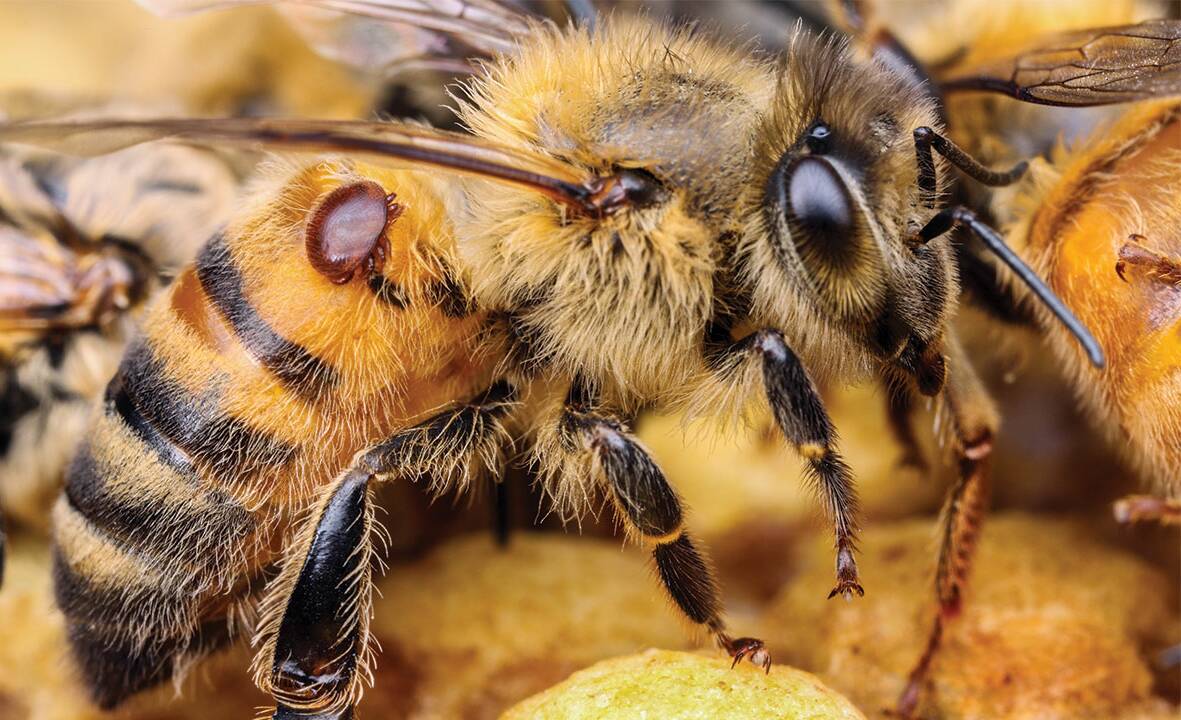Australia has conceded it is no longer possible to eradicate varroa mite and will move to managing the honey-bee parasite introduced through the Port of Newcastle.
The National Management Group confirmed on Wednesday, September 19, eradication of varroa destructor was "no longer feasible based on technical grounds" and will now transition to a management strategy.
While a revised response plan, including transition to management activities, is being developed, NSW will operate under an interim strategy to limit the impacts and slow the spread of varroa mite.
For more than 12 months, the hive-collapse causing parasite had been restricted to a 10,000-square-kilometre patch of NSW, with Newcastle at the epicentre.
Up until June, it was believed Australia still had a chance to become the first country in the world to eradicate varroa mite.
However, things quickly changed in August, when the pest was discovered in hives in Kempsey. Further related detections were found in Tamworth, the Riverina and Sunraysia region.
News that the National Management Group on the Varroa Mite has decided to cease efforts to eradicate the invasive pest will be bittersweet for agriculturalists and bee keepers in NSW and Australia as the states and federal government move to a management program.
Greens MP and spokesperson for agriculture Sue Higginson said the toll of fighting the mite had been substantial.
"When it comes to invasive species, we often just get one chance to stop them and the poor investment in biosecurity by the former Coalition government at the Port of Newcastle now means that many more thousands of beehives will become infected with the varroa mite," Ms Higginson said.
"This will reduce agricultural output, make basic foods more expensive during a cost of living crisis and, most significantly, destroy many wild hives that serve as pollinators for native plant species.
"The failure ... to protect Australia's borders against this invasive and destructive species has already led to the destruction of more than 30,000 beehives and potentially up to $19 million in compensation claims from affected businesses."
Australian Honey Bee Industry Council chief executive Danny Le Feuvre said the news would change beekeeping forever.

"No one wants varroa mite - we gave it our best shot to eradicate it, but the size, complexity and cost of the response was too great to continue with," Mr Le Feurve said.
More than 30,000 hives, holding up to one billion bees, were destroyed in the eradication process.
Managing the pest will impose more costs on beekeepers. Although it's not expected to increase shelf prices, Mr Le Feurve said the price would have to be absorbed somewhere.
"The mite won't spread as quickly as COVID, we have got time to learn and adapt," he said.
"Every other country in the world lives with varroa mite and beekeepers do manage it everywhere else, so there are lessons to be learnt there."
Colony loss will be an ongoing concern, with the United States reporting 48 per cent of colonies lost annually, while New Zealand reported 13 per cent.
There is yet to be a Victorian infestation confirmed, however, dozens of hives are within emergency surveillance zones and are prohibited from moving.







